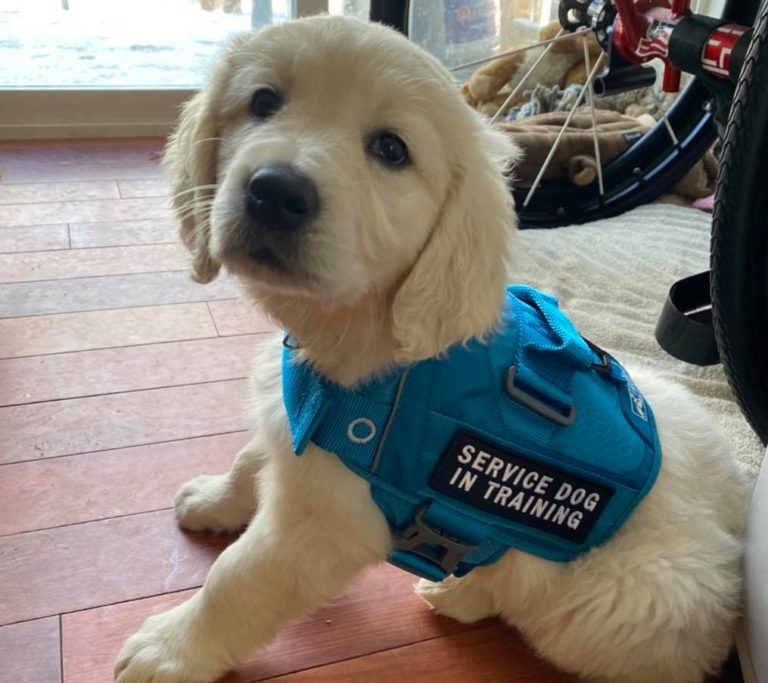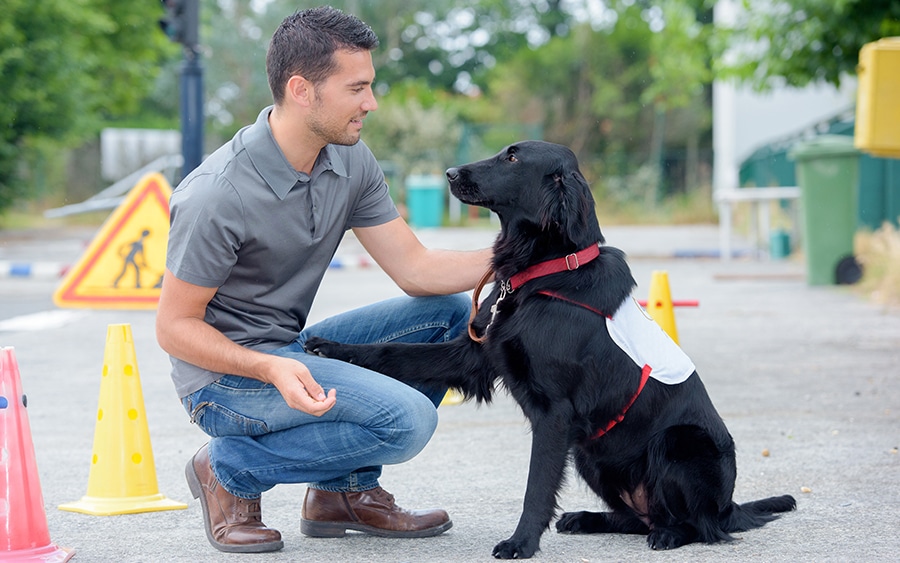Unleash Potential with Dog Training Near Me: Discover Your Local Experts
Unleash Potential with Dog Training Near Me: Discover Your Local Experts
Blog Article
The Ultimate Guide to Pet Dog Training: Building a Delighted, Loyal Animal
Reliable canine training is a complex process that depends upon a deep understanding of canine actions and the application of tested strategies. By embracing positive support and consistent command use, animal owners can grow not just obedience but likewise a solid, trusting connection with their pets. The journey does not end with fundamental commands; resolving behavioral issues and producing a supporting training setting are just as essential elements. As we check out these elements, it ends up being obvious that the course to a content and mannerly canine companion may hold much more complexities than one may at first presume.

Recognizing Pooch Habits
How does a pet's behavior mirror its emotional and psychological state? A pet dog's activities can serve as a window right into its sensations, needs, and general emotional well-being.
Body language additionally plays an essential function in recognizing canine behavior. An unwinded stance and open mouth signal comfort, whereas strained muscular tissues and pinned ears might suggest stress and anxiety or hostility. Observing these signals is crucial for identifying the root triggers of a pet's actions, whether it stems from concern, exhilaration, or frustration.
Furthermore, a pet dog's communication with its environment and various other pets can give understanding right into its emotion. As an example, a pet dog that involves playfully with other dogs is likely sensation safe and secure and social, while one that shows evasion or hostility may be experiencing stress and anxiety or instability. Comprehending these behavioral signs is essential for promoting a strong partnership in between the owner and the pet, ultimately adding to the pet dog's emotional wellness and wellness.
Important Educating Methods
Effective pet training methods are essential for cultivating desirable actions and enhancing the bond between a pet dog and its owner. Making use of positive support is one of one of the most effective approaches, where rewards such as deals with, praise, or play are given to strengthen desired habits (dog training charlotte). This motivates the pet to repeat those habits, creating a positive learning atmosphere
Uniformity is another essential element in pet dog training. Commands should be clear and consistent, and all relative have to apply the exact same rules to avoid puzzling the pet. Timing is equally crucial; incentives should be provided quickly after the desired habits to develop a clear link in between the benefit and the activity.
In addition, appealing and brief training sessions work, as dogs have differing focus periods. Go for sessions of 5 to 15 minutes, depending upon the pet dog's age and power degree. Including play right into training can also enhance motivation and enjoyment for both the canine and the owner.
Finally, perseverance is crucial. Dogs learn at their own pace, and maintaining a calm disposition will assist minimize irritation, making certain a favorable training experience. These crucial strategies lay the foundation for effective pet dog training and a harmonious relationship.
Basic Commands to Teach

When educating these commands,Consistency and positive reinforcement are crucial. Usage treats, praise, and playtime to award your pet dog's successes. Short, constant training sessions are more effective than long, occasional ones. By instilling these standard commands, proprietors outfit their dogs with the skills required for a mannerly and unified partnership.
Addressing Common Behavioral Problems
Understanding and addressing common behavior problems in canines is vital for fostering a harmonious partnership in between animals and their owners. Several pet dogs display behaviors such as too much barking, eating, or aggression, which can originate from anxiousness, monotony, or lack of correct training. Determining the source of these behaviors is the initial step toward reliable intervention.
For instance, extreme barking look at this now may show a requirement for focus or an action to environmental stimulations. In such cases, proprietors ought to assess the pet dog's setting and offer adequate mental stimulation, such as interactive playthings or regular exercise. Eating can typically be managed by rerouting the behavior to proper eat products and making certain that the canine has enough physical activity to lower boredom.
Hostile actions needs mindful handling and may require specialist training support. It's vital to understand that penalty can aggravate anxiety and aggressiveness, leading to a cycle of behavioral concerns. Rather, concentrate on positive support techniques to reward desirable actions and reinforce a sense of safety.
Structure a Positive Training Environment
Producing a favorable training atmosphere is essential for strengthening preferable actions in dogs and minimizing behavioral problems. This atmosphere must be identified by uniformity, encouragement, and a clear understanding of the training objectives. By establishing a routine, pets learn what is expected of them, which helps in reducing stress and anxiety and confusion.
Using favorable support methods, such as deals with, appreciation, and play, promotes a feeling of safety and inspiration in the pet dog. Rewarding etiquette quickly and continually enhances the wanted activities, making the training procedure a lot more efficient - dog training charlotte. In addition, instructors must stay client and calmness, as dogs are sensitive to their handlers' emotions
The training space should be devoid of distractions to ensure the pet can concentrate on the my blog tasks at hand. Take into consideration making use of a peaceful room or a secure exterior location. Furthermore, incorporating play and socialization into training sessions advertises an all-round method, enhancing the pet's discovering experience.
Eventually, a favorable training atmosphere supports a strong bond in between the canine and trainer, causing a loyal, delighted pet. By prioritizing this setting, animal proprietors can efficiently resolve behavioral obstacles and grow an effective training trip.
Conclusion
Reliable canine training depends on an extensive understanding of canine actions and the application of positive support techniques. By grasping essential commands and attending to behavior issues with persistence and clear interaction, owners can promote a solid bond with their animals. Producing an encouraging training environment improves protection and count on, eventually bring about the development of a well-behaved and happy buddy. Embracing these concepts makes certain a gratifying training experience for both pet dogs and their proprietors.
Reliable dog training is a multifaceted process that hinges on a deep understanding of canine behavior and the application of proven techniques. A canine that engages Resources playfully with other canines is likely feeling social and protected, while one that displays avoidance or aggression may be experiencing stress or insecurity.Effective dog training strategies are essential for fostering preferable actions and reinforcing the bond in between a canine and its owner.Creating a favorable training setting is essential for strengthening desirable behaviors in pets and minimizing behavior problems.Effective dog training counts on a detailed understanding of canine habits and the application of positive support methods.
Report this page